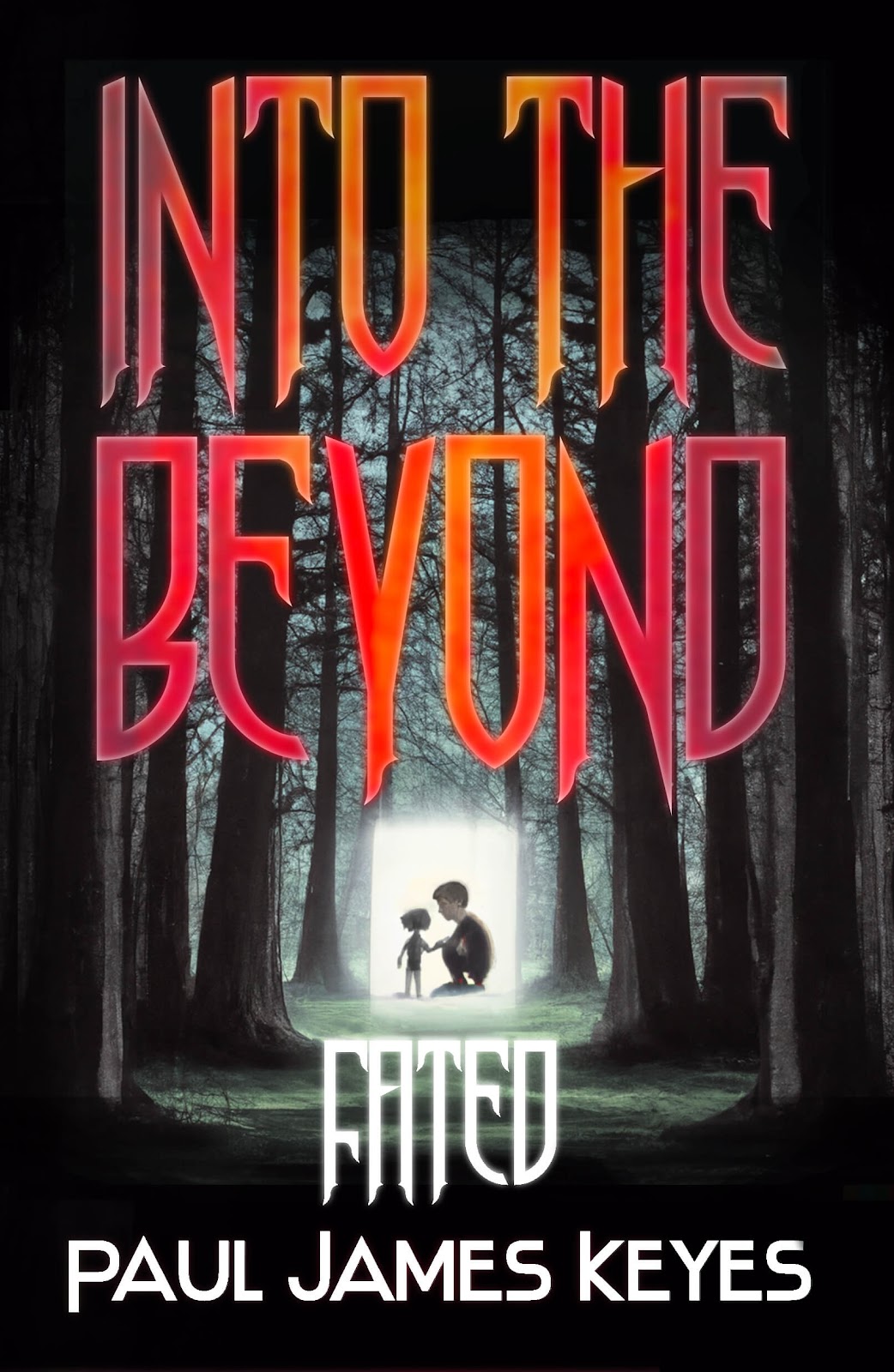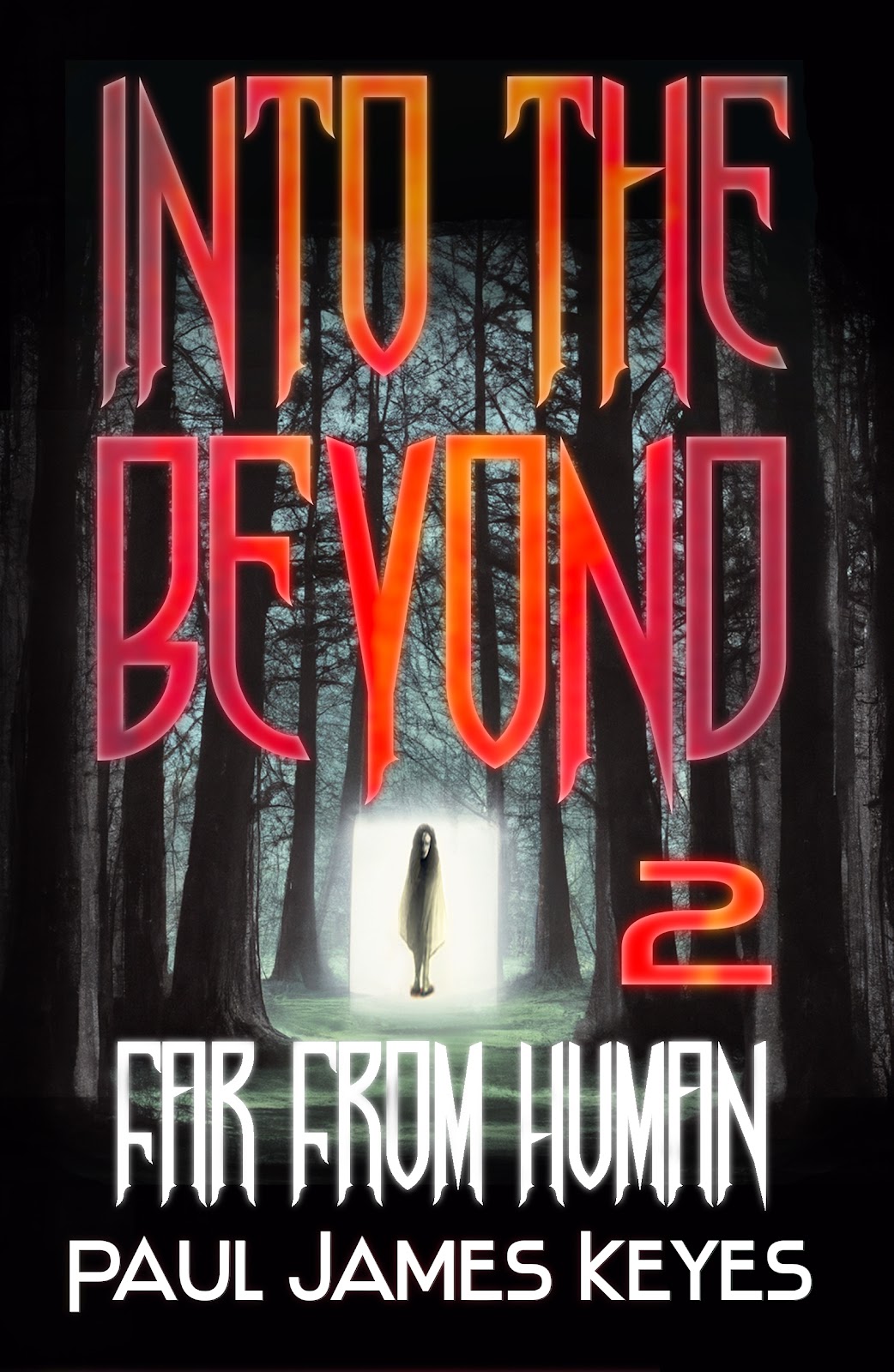Hi friends, Fantasy/Sci-Fi/Horror author Paul James Keyes here with another newsletter!
Last time I talked about the concept of the self circle map and how emotional regulation can be achieved by removing others from your sense of self. [LINK TO NEWSLETTER 16 - THE SELF CIRCLE]. Today, I want to talk about deepfakes and the post-truth world we now find ourselves in.
In recent years deepfake videos have become very convincing, and harder to distinguish from the real deal. Whenever deepfake-busting software is able to detect that a video or image is faked, the techniques that were used to determine the fake are fed back into the generative AI to make the next fake even more undetectable. Voices and video can be faked to make it look like anybody has said or done anything. Of course Brittany Spears has been embroiled into a controversy—videos on her TikTok account appeared to show another person using Brittany’s face as a filter, posting as if she is Brittany on her actual account! I refuse to fact check that any further, but the point is deepfakes are here and they are here to stay!
Another word for deepfakes could simply be misinformation. Deepfakes are typically computer generated footage of celebrities or politicians, but AI generated imagery has already advanced to the point of allowing any random person to generate pictures of anyone in any style, including realistic.
What this has done is forced us to doubt what we see presented to us. On the flip side of the problem, people can now claim something was a deepfake when it really was them, and suddenly the lie sounds a lot more believable. Just like we can’t believe everything we read on the internet, we can’t believe every video we watch now either.
Being in a post-truth world has a lot of nasty implications, especially politically. Enemy states can use it against one another to mislead populations. People can have pornography made of them, which is a mental assault if nothing else. If people believe that type of deepfake is real, the implications can be life threatening. The fact that someone could literally train an AI off a handful of pictures of you, and then superimpose your head on somebody else’s naked body in a convincing way does not bode well for the future of bullying.
There are so many nefarious use cases of deepfakes, it’s no wonder they are banned in a lot of places. But banning something doesn’t ever really stop it—especially not something as powerful as deepfakes on the internet. How many future scandals the world across will be no more than a convincing narratives combined with fake photos or videos? Has this technique already been used to sway the opinions of a population?
You may remember a certain video of Hilary Clinton back in 2016 when she was running for president, where she looked down right strange, doing weird facial movements that made her look like she was having a stroke. That wasn’t a deepfake, but it was altered footage, slowed down and warped to make her look like there was something wrong with her. The implication that something was wrong instills the idea of weakness, which certainly changed the way some people saw her at the time. Similar techniques were used to make Donald Trump appear more orange than usual. And again, the same type of thing was used to make Joe Biden look sleepy and odd in certain footage—although that might actually have just been him. The point is it’s impossible to tell anymore. I worry for our future.
Sometimes the footage is obviously altered—experts knew this— but not everyone is an expert on such things, and not everyone listens to experts. There were certainly those who believed what they saw. Deepfakes bring this type of misinformation attack to a whole new level.
Until next time, stay safe out there—any question everything!
Amazon Author Page: https://www.amazon.com/stores/Paul-Keyes/author/B089235BLG/
Freebie: Into the Beyond - Part 1: Fated - A Fantasy Horror Series
https://www.royalroad.com/fiction/57968/into-the-beyond-part-1-fated























